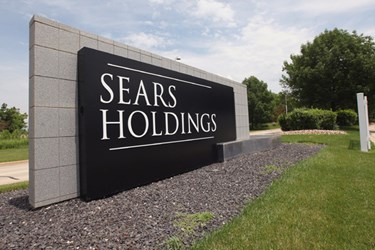Vendors Are Hedging Their Bets With Sears Holding Corp.

By Christine Kern, contributing writer

Scaled back deliveries and higher payment terms signal uncertain future for Sears.
As Sears Holdings Corp. struggles to keep afloat, its vendors are hedging their bets with scaled back deliveries and higher payment terms that signal the retailer’s uncertain future, according to Reuters. These actions are a response to increased doubts about the embattled retailer's financial stability. Sears Holdings shares have plummeted following filing of the company’s annual report, in which it admitted that “substantial doubt exists related to the company’s ability to continue as a going concern.”
In a company blog post , Sears Holdings CFO Jason Hollar downplayed the company’s risky financial position, outlining key financial moves and saying that media reaction to the filing “do not include the full disclosure which highlights the actions we are taking to mitigate those risks."
Mark Cohen, the former chief executive of Sears Canada and director of retail studies at Columbia Business School in New York City, told Reuters that vendors need to closely monitor on Sears' finances. "Whatever vendors continue to support them are now going to put them on even more of a short string. That means they’ll ship them smaller quantities and demand payment either in advance or immediately upon delivery." He added that “Sears stores are pathetically badly inventoried today and they will become worse.”
Hollar, however, asserted that Sears has been strengthening its balance sheet through raised capital and that the retailer “is a viable business that can meet its financial and other obligations for the foreseeable future.” Among the recent boosts are a $1 billion increase in liquidity from a new secured loan facility and a new asset-based loan providing an additional $250 million in “financial flexibility.”
But the numbers don’t lie: Sears lost $2.22 billion in 2017, and had just $286 million in cash on hand; in 2012 it had $609 million in cash on hand. Meanwhile, its accounts receivables fell from $635 in 2012 to just $466 million in 2017.
Neil Saunders, managing director at retail research firm GlobalData, told Reuters that tension will grow as the year goes on. "As we move towards the last quarter, I think we'll find there are more and more suppliers that are not necessarily willing to engage with Sears" and will demand cash up-front.
